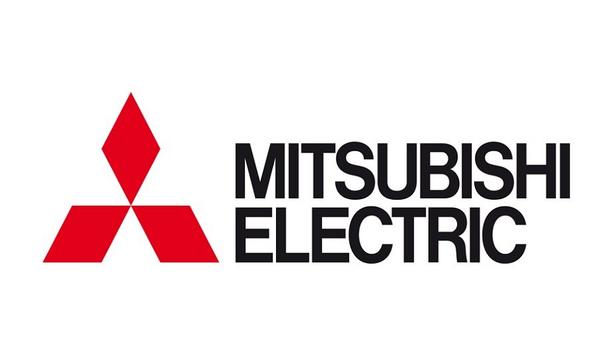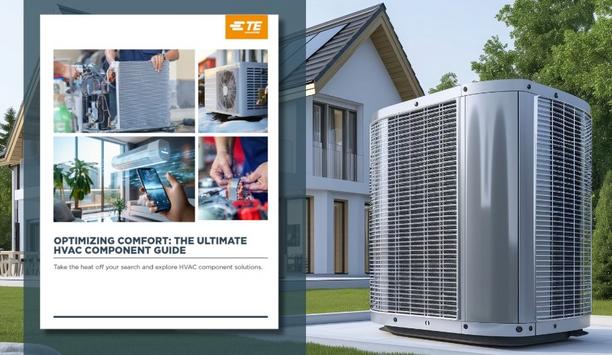COVID-19 has changed the way managers think about office facilities; as workers shifted to working from home, these managers have wrestled with ways of keeping staff safe on their return to the workplace.
Some advocate unrealistic measures, like blocking off huge swaths of an office building, or attempting to create traffic flow patterns by taping off access to areas. Some look to eliminate conference rooms or common areas. But others look to significantly reduce risks by addressing the source of aerosol transmission of pathogens and viruses—indoor air.
Transmission of Corona Virus
It’s been acknowledged by many leading scientists that the novel coronavirus is primarily transmitted via aerosolized droplets in the air, when an infected person coughs or sneezes.
In close quarters of office buildings, where stale air is recirculated, it’s difficult to remain contaminant-free
What’s more, those droplets linger in the air and stay active and infectious on surfaces. That’s why so many experts advise people to wash their hands frequently. But in close quarters of office buildings, where stale air is recirculated, it’s difficult to remain contaminant-free.
HVAC solutions and their potential
HVAC and opening windows may not be the magic solution. Some facility managers look to existing HVAC systems as a potential solution, but many of the existing systems aren’t designed to handle more air exchanges per hour, thus providing less fresher air.
And, installing HEPA filters in the HVAC system’s air intake vents isn’t a solution either, since these thicker filters drag down the airflow and efficiency of the system, resulting in even less circulation. As a side note, these thick filters often cause managers to increase the amount of time systems run, decreasing system life expectancy because parts work overtime to keep up with demand.
higher energy bills
Modern office buildings looked to provide HVAC systems with an “airtight seal,” making windows non-operable
As you will be aware, constantly running HVAC systems results in higher energy bills. Opening windows for fresher air is a non-starter in a number of instances.
Many modern office buildings looked to provide HVAC systems with an “airtight seal,” making windows non-operable for the sake of energy conservation. So, many returning workers can’t even open windows.
installation of air purification with HEPA filtration
One option that is proving extremely popular with many leading education institutions, healthcare centers and corporate building owners is the installation of air purification with HEPA filtration.
One of the market-leading companies is Fellowes, manufacturers of the renowned AeraMax Professional. These commercial-grade air purifiers use four-stage air filtration with True HEPA filters to effectively and efficiently remove up to 99.97 percent of airborne contaminants, like viruses, the flu, bacteria, allergens, and odors from indoor air.
















